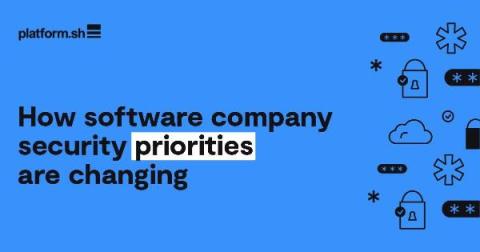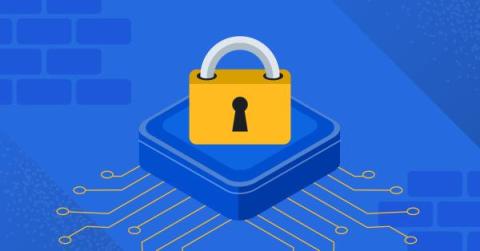SIEM Implementation Guide: A How-To Guide
In an era where cybersecurity threats are not just frequent but increasingly sophisticated (and becoming more costly), the need for robust defense mechanisms has never been more critical. Security Information and Event Management (SIEM) emerges as a cornerstone in this complex data environment. It’s not just another tool in your cybersecurity toolkit; it’s a solution designed to elevate your organization’s security posture.










